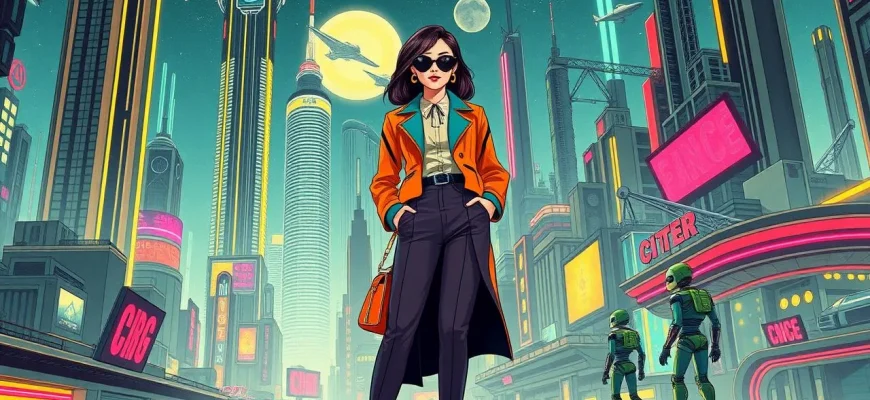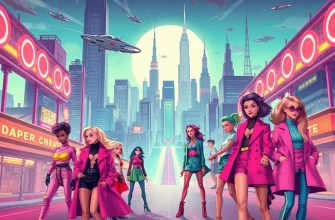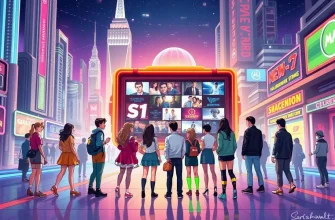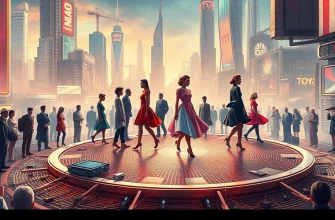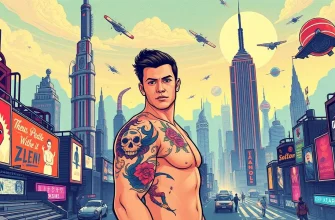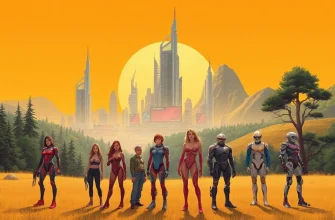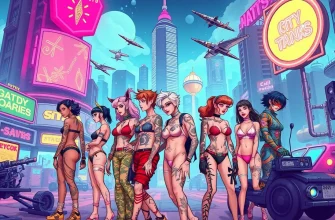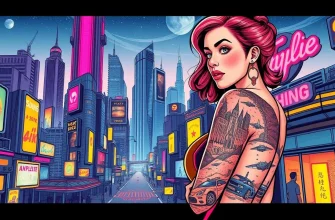In the vast universe of cinema, fashion often plays a subtle yet significant role. However, in the realm of science fiction, clothing transcends mere aesthetics, becoming a narrative device that shapes characters and worlds. This curated collection of 10 sci-fi films delves into the extraordinary intersection of fashion and futuristic storytelling, offering viewers not just a visual feast but a deeper understanding of how attire can define identity, culture, and even destiny in imagined futures. Whether you're a fashion aficionado or a sci-fi enthusiast, this list promises a unique cinematic experience where style meets substance.
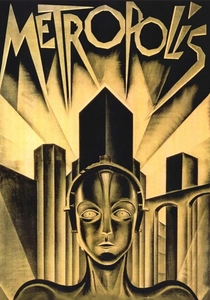
Metropolis (1927)
Description: One of the earliest sci-fi films, its futuristic fashion, especially the iconic robot Maria, set a precedent for how clothing can define characters in futuristic settings.
Fact: The film's costume designer, Aenne Willkomm, used innovative materials like metal and glass to create the futuristic look.
 Watch Now
Watch Now

A Clockwork Orange (1971)
Description: Stanley Kubrick's dystopian masterpiece features the Droogs, whose distinctive white outfits and bowler hats have become emblematic of anti-fashion in cinema.
Fact: The film's costume designer, Milena Canonero, won an Oscar for her work, and the outfits were inspired by the novel's description of the characters' attire.
 Watch Now
Watch Now
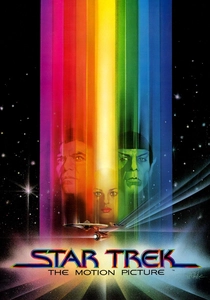
Star Trek: The Motion Picture (1979)
Description: The film introduced new uniforms for the Starfleet crew, blending practicality with a sleek, futuristic aesthetic that has influenced sci-fi fashion ever since.
Fact: Robert Fletcher, the costume designer, redesigned the uniforms to be more form-fitting and functional for the film's new era.
 Watch Now
Watch Now
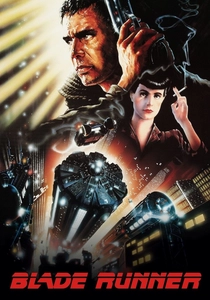
Blade Runner (1982)
Description: Ridley Scott's vision of the future includes a mix of high-tech and retro fashion, with replicant Pris's punk-inspired look becoming a hallmark of sci-fi style.
Fact: The film's costume designer, Michael Kaplan, used a mix of vintage clothing and futuristic elements to create a timeless aesthetic.
 Watch Now
Watch Now

The Fifth Element (1997)
Description: This film showcases a future where fashion is as outlandish as the plot, with costumes designed by Jean-Paul Gaultier that have become iconic in sci-fi fashion.
Fact: The film's costumes were so influential that they inspired real-world fashion trends, and Gaultier's designs were even featured in a museum exhibition.
 Watch Now
Watch Now
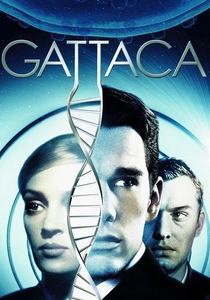
Gattaca (1997)
Description: This film explores a genetically engineered society where clothing reflects social status, with tailored suits and uniforms defining the characters' roles.
Fact: The film's costume designer, Colleen Atwood, used clothing to visually represent the characters' genetic purity or lack thereof.
 Watch Now
Watch Now
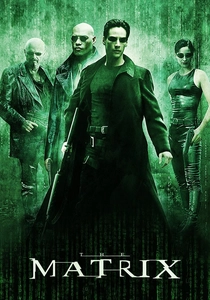
The Matrix (1999)
Description: The film's iconic black leather trench coats and sunglasses became synonymous with cyberpunk fashion, influencing countless cosplayers and fashion designers.
Fact: The Wachowskis specifically chose the leather trench coats to symbolize the characters' rebellion against the system.
 Watch Now
Watch Now
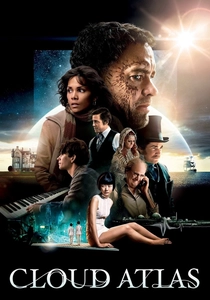
Cloud Atlas (2012)
Description: This epic film spans multiple timelines, with each era's fashion reflecting its cultural and technological advancements, from Victorian corsets to futuristic robes.
Fact: The film's costume designers, Kym Barrett and Pierre-Yves Gayraud, had to create costumes for six different time periods, blending historical accuracy with speculative design.
 Watch Now
Watch Now
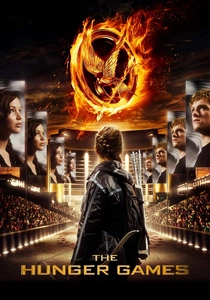
The Hunger Games (2012)
Description: The Capitol's extravagant and often bizarre fashion contrasts sharply with the utilitarian clothing of the districts, highlighting societal divides.
Fact: The film's costume designer, Judianna Makovsky, created over 1,000 costumes, many of which were inspired by high fashion designers.
 Watch Now
Watch Now
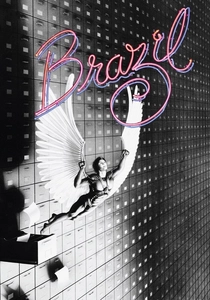
Brazil (1985)
Description: Terry Gilliam's dystopian satire features a mix of retro-futuristic fashion, with Sam Lowry's dream sequences showcasing surreal and whimsical attire.
Fact: The film's costume designer, James Acheson, drew inspiration from the 1930s and 1940s, blending it with futuristic elements.
 30 Days Free
30 Days Free

